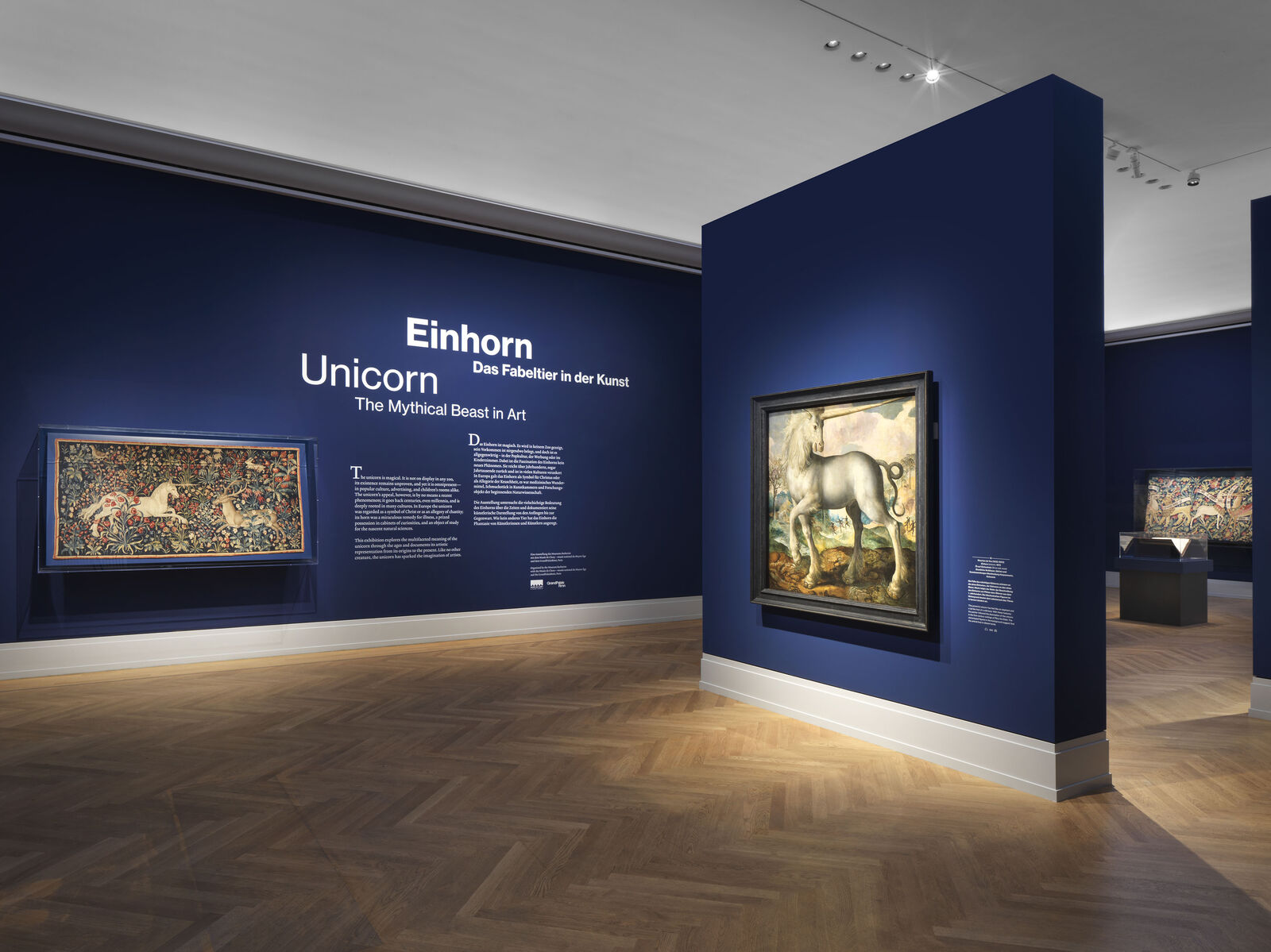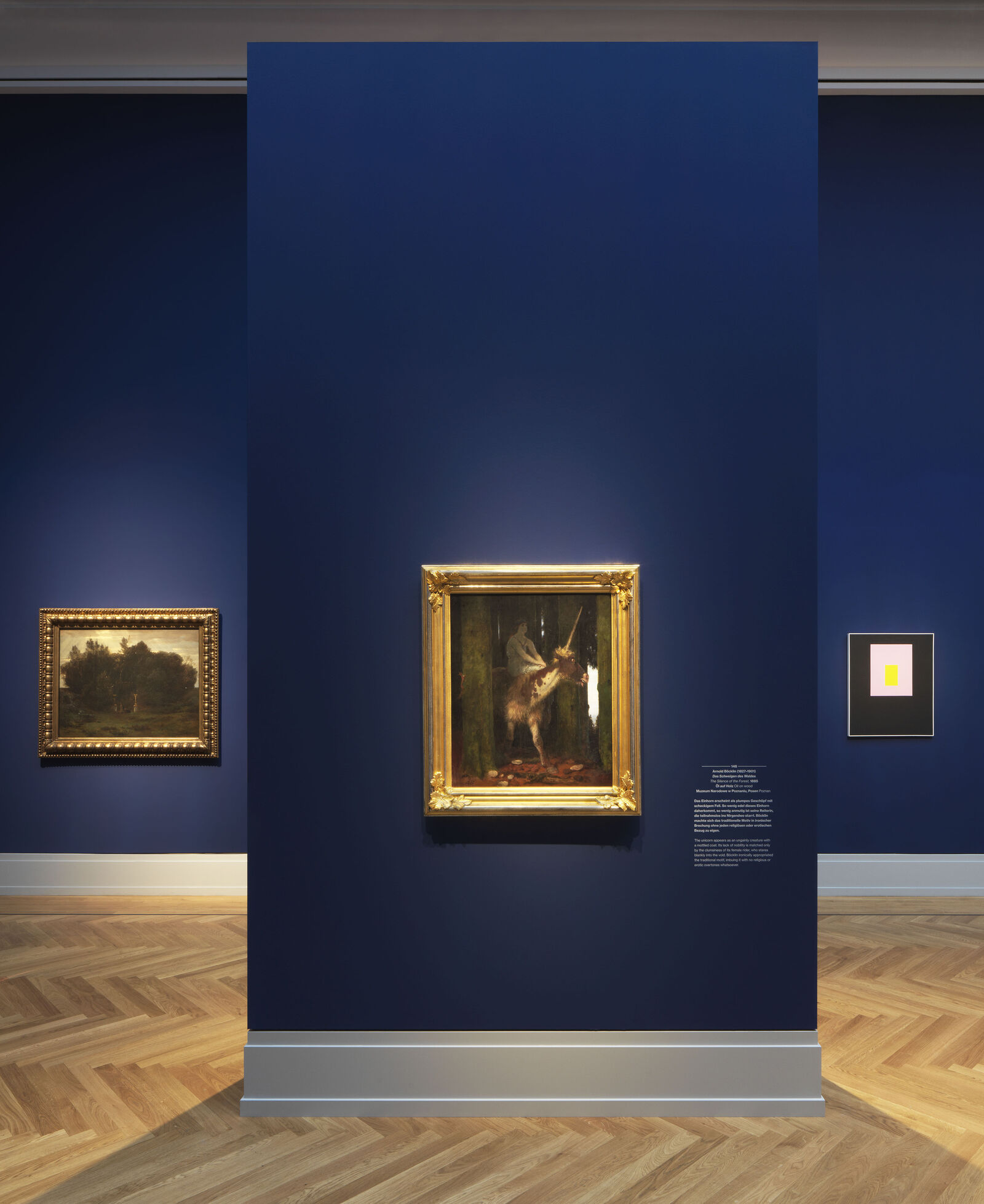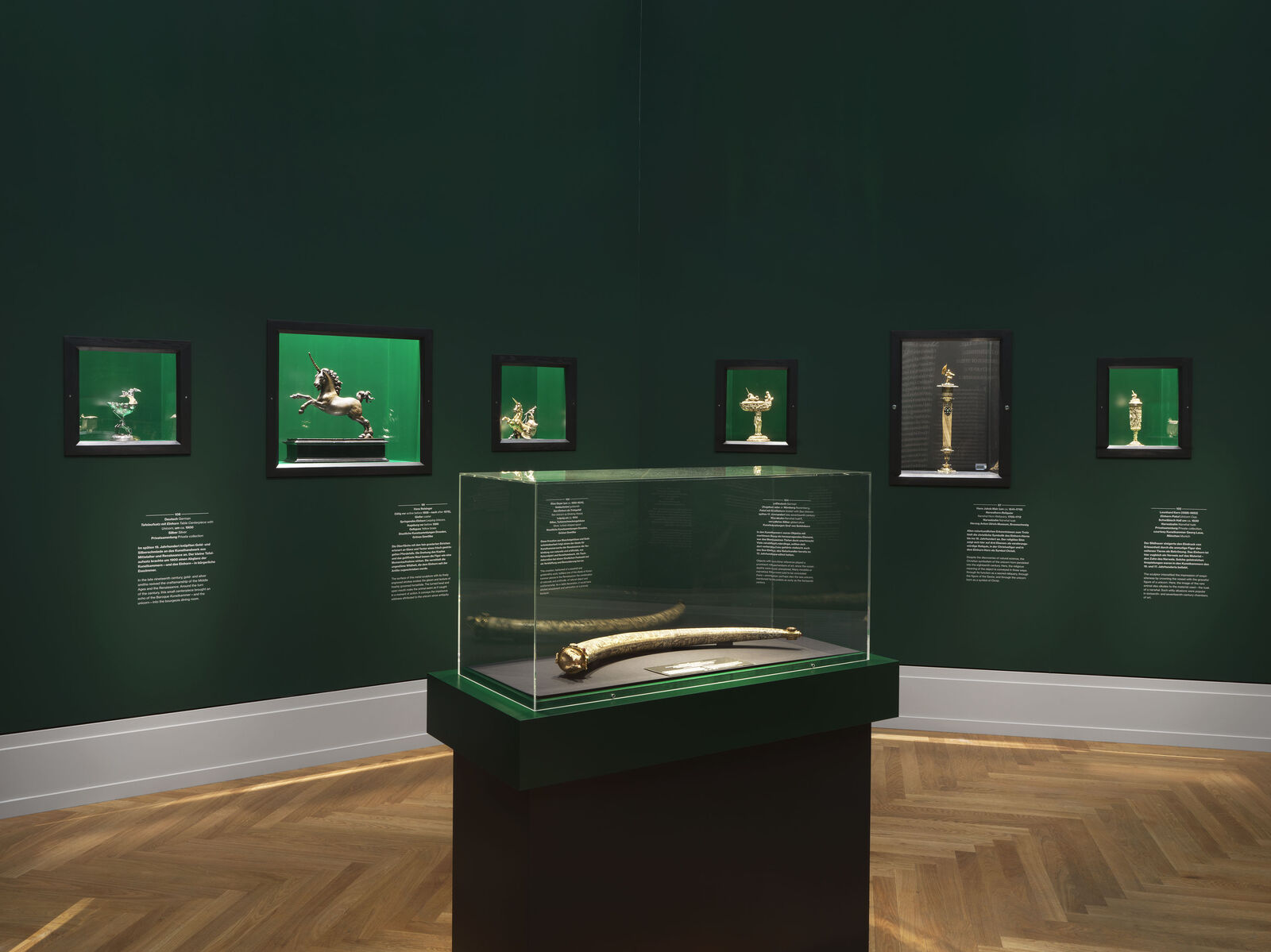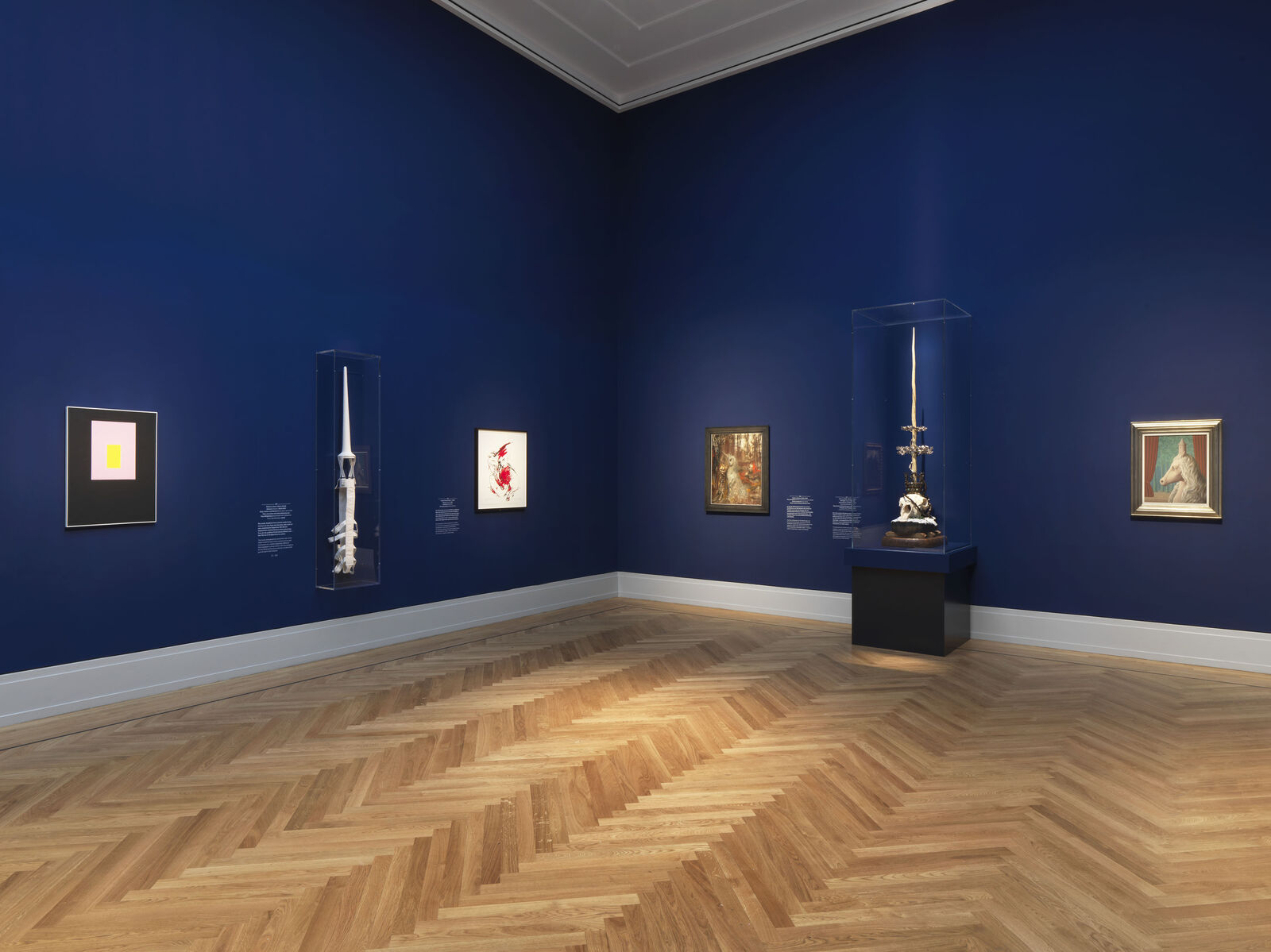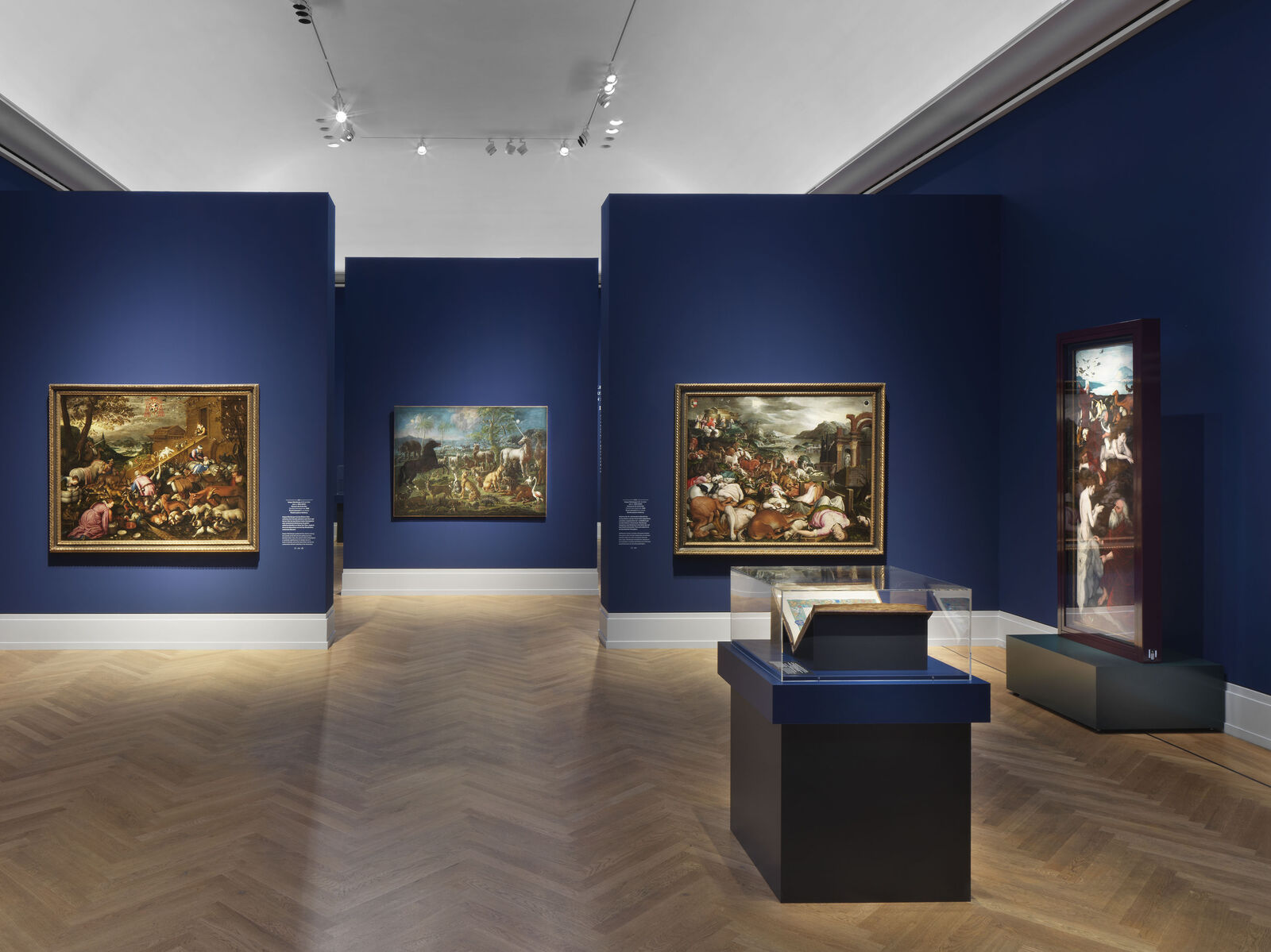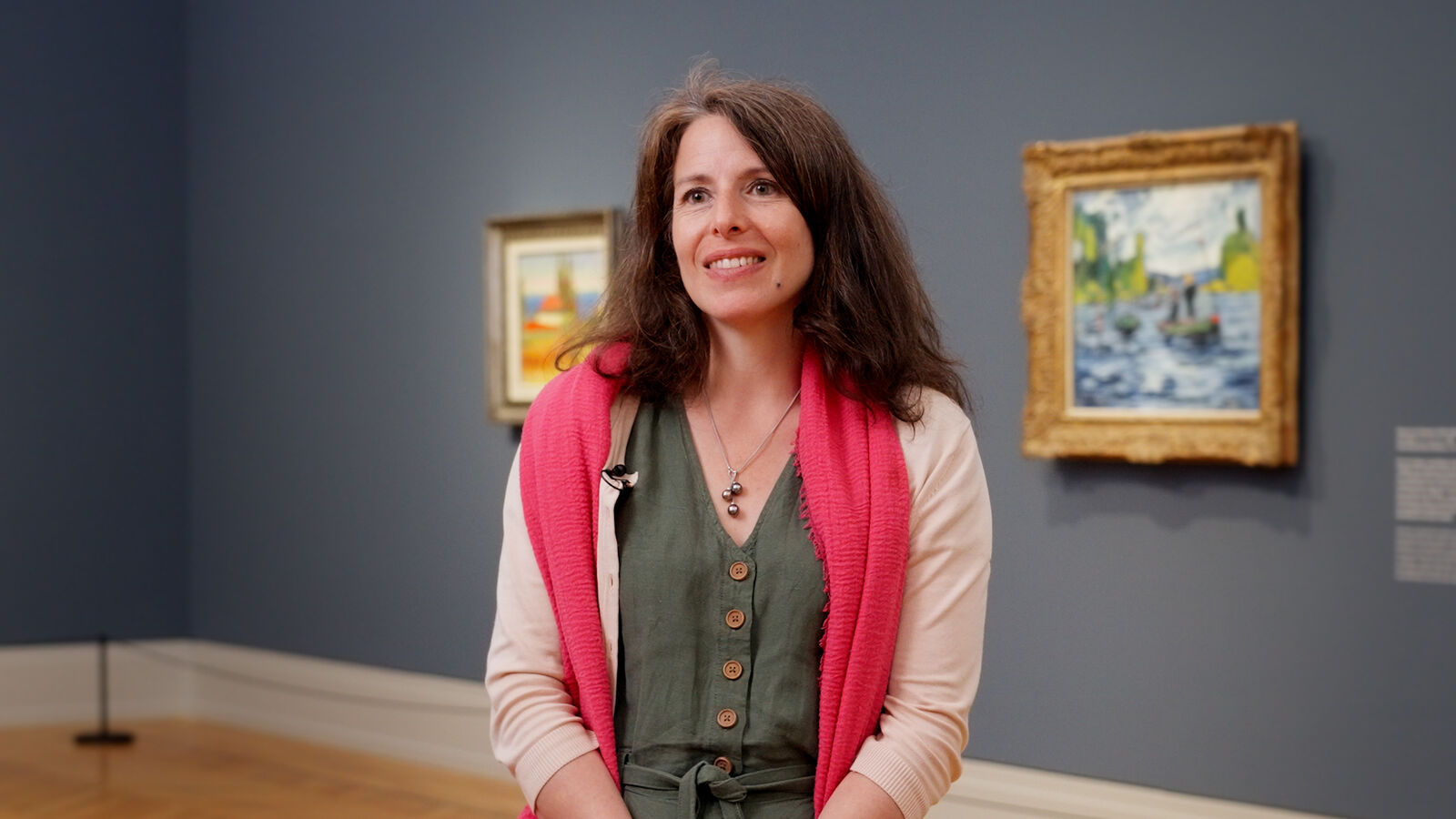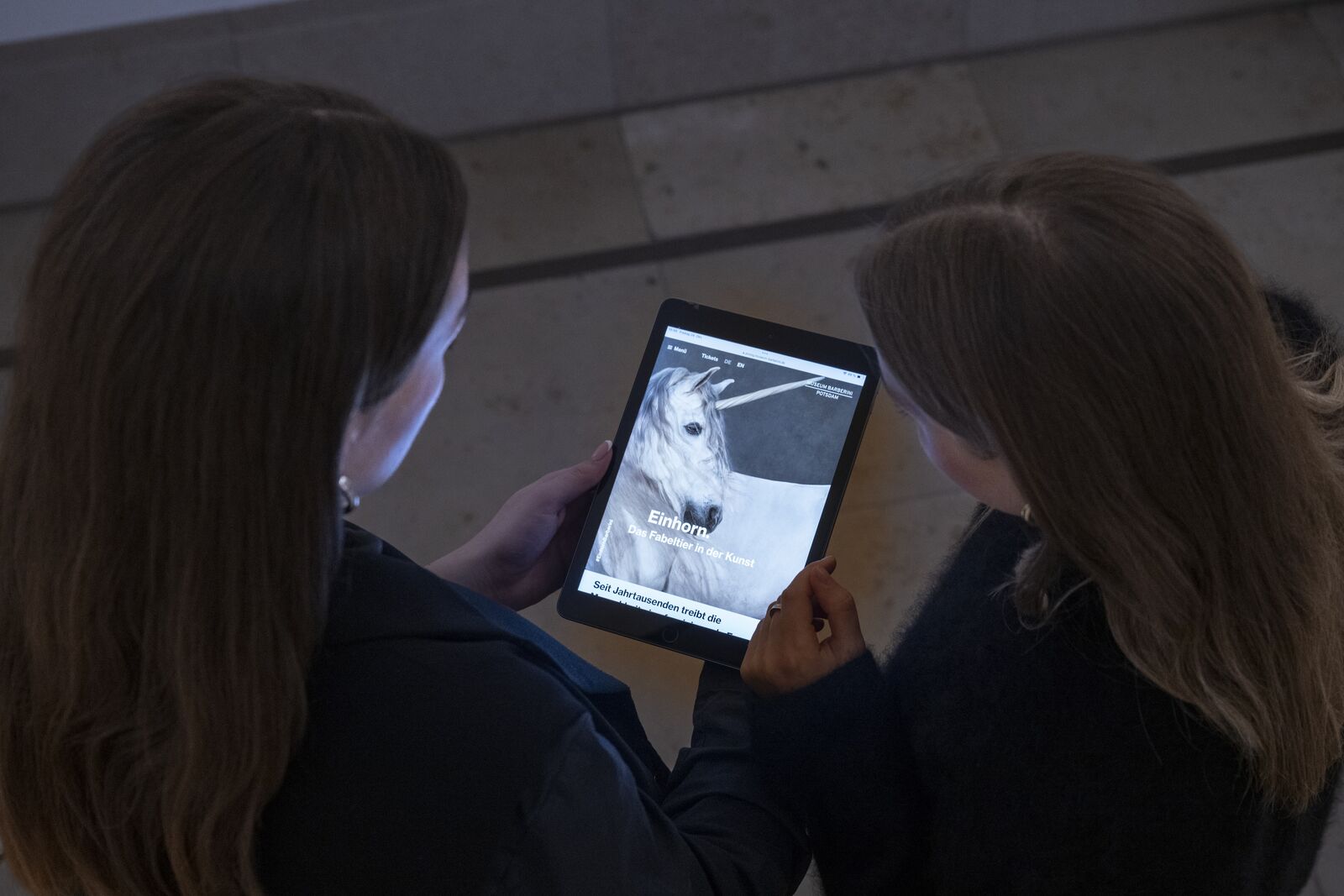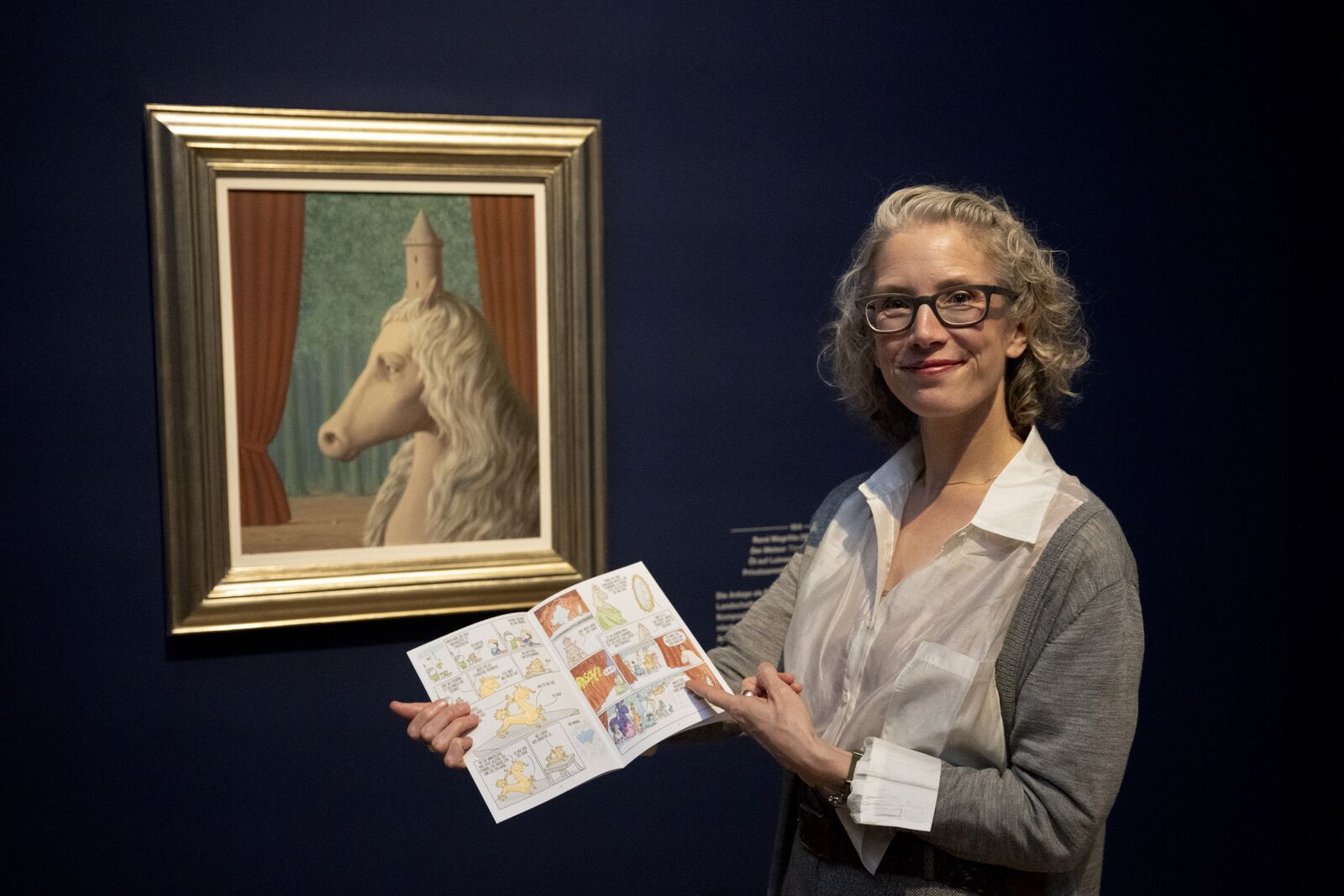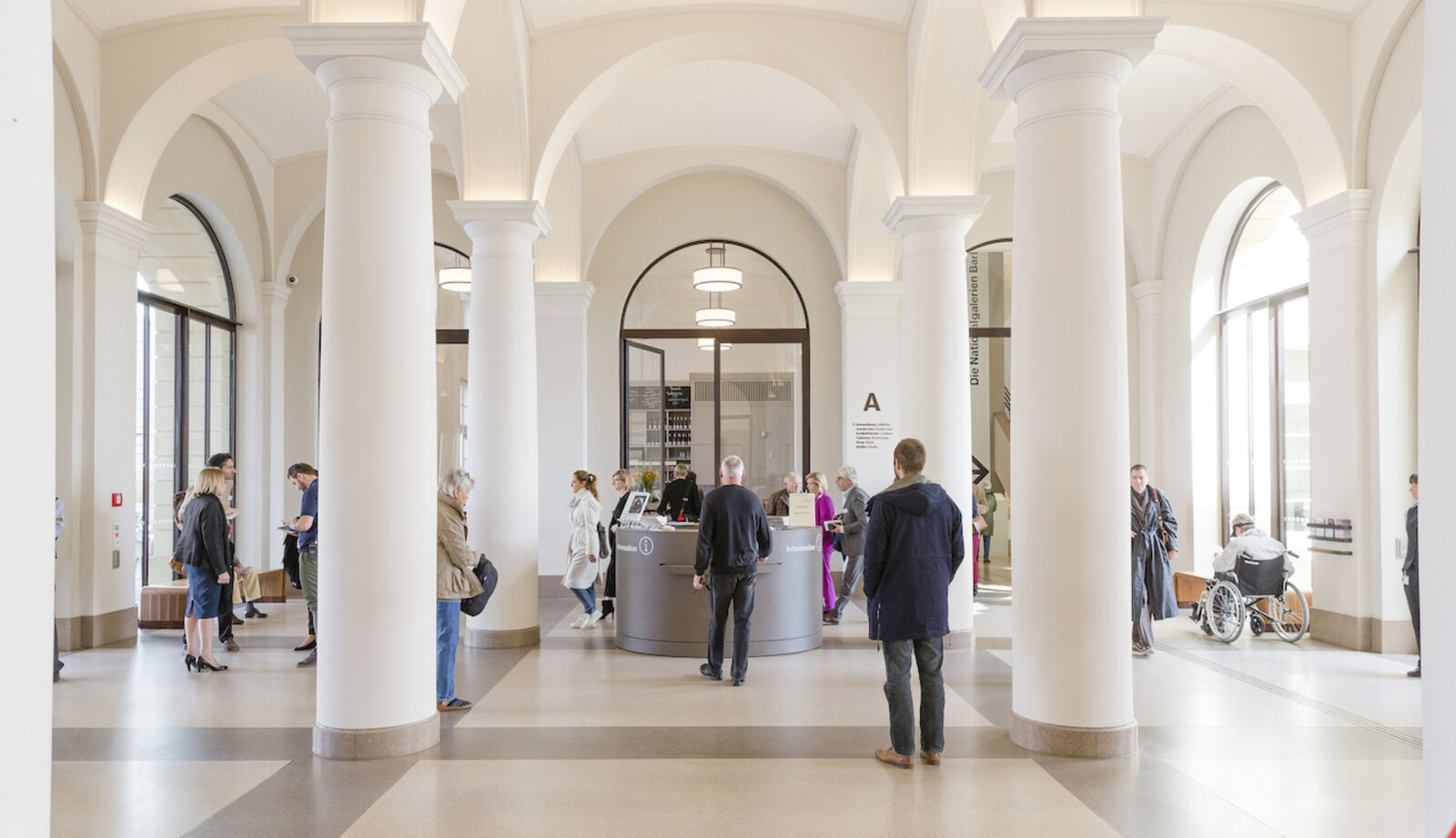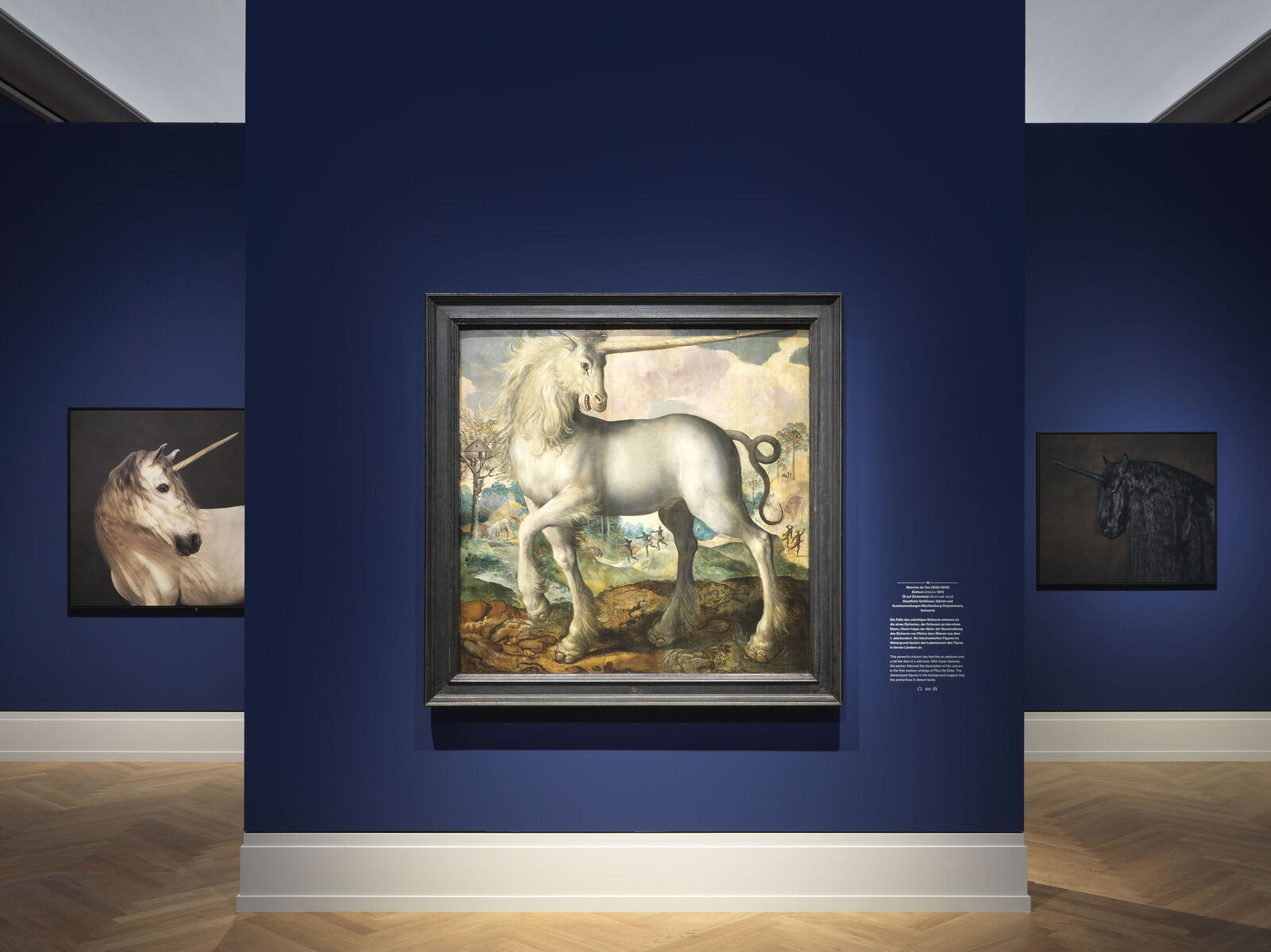
Unicorn: The Mythical Beast in Art
More than any other animal, the unicorn has inspired the imagination. Documented in numerous cultures across centuries, the unicorn appears in Christian and non-European art as well as in science and medicine and invokes a wide range of symbolic meanings. Artistic images of the unicorn invite us to reflect on our understanding of the world, on ambiguities and projections. For the first time, the theme of the unicorn is explored and exhibited in a survey that extends from antiquity to contemporary art.
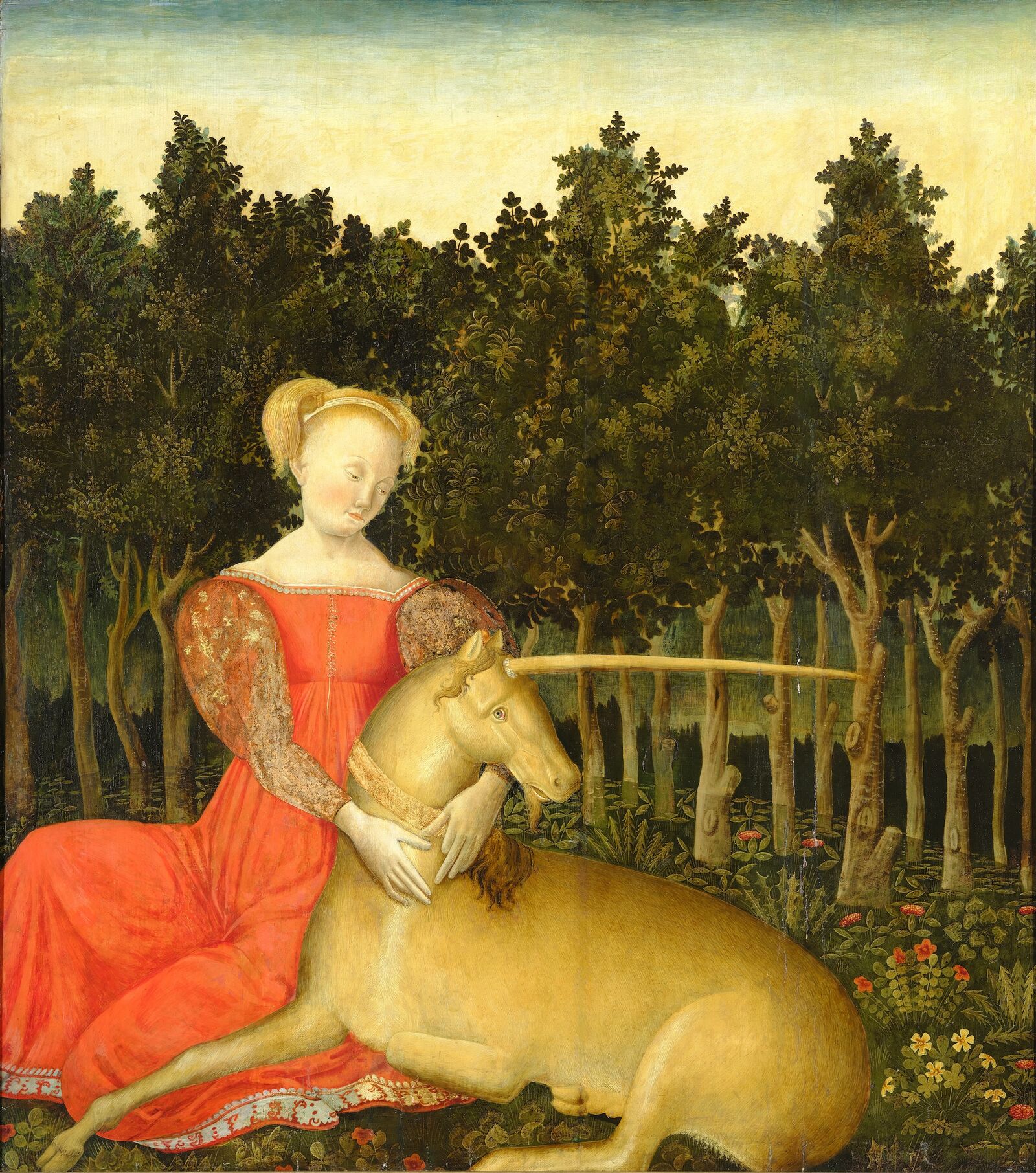
Attributed to Dario di Giovanni: Virgin with Unicorn (Portrait of Caterina Corner as Allegory of Chastity), ca. 1467–68, Keresztény Múzeum / Christian Museum, Esztergom
The unicorn stood, and still stands, for freedom and indomitability, for purity and innocence, for naturalness and affection. Yet the fascination with the fabulous beast is not new, but goes back centuries, even millennia, and is widespread in many cultures. The story of the unicorn originated in India and spread from there to China; via Persia and Egypt, it arrived in Europe, where it acquired many meanings. Interpreted as a symbol of Christ, the unicorn appeared on numerous altarpieces; as an emblem of chastity, it was often depicted with a young woman, and its horn was reputed to possess miraculous medicinal powers, prompting many apothecaries to name their shops after the mythical animal.
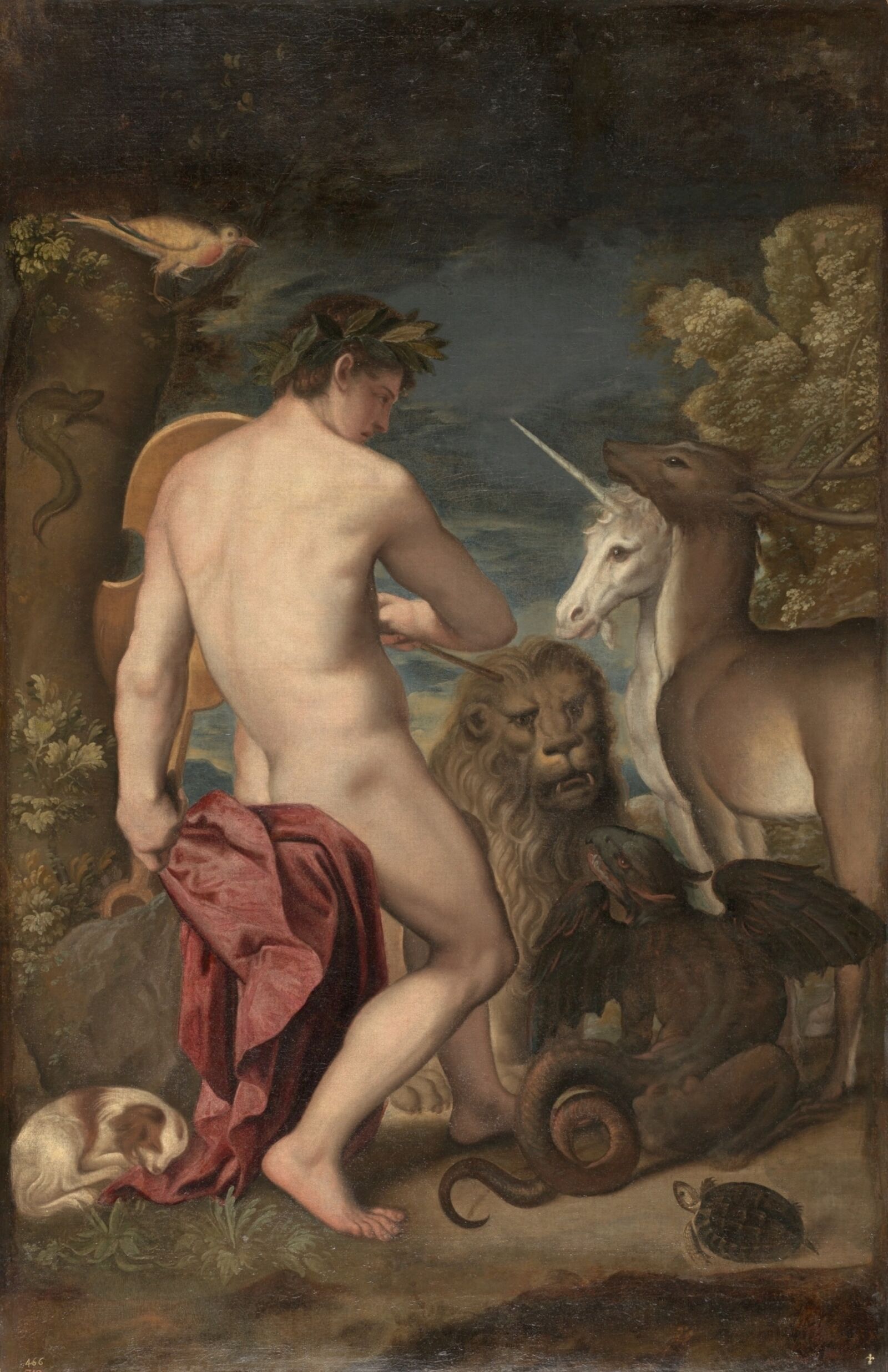
Museo Nacional del Prado, Madrid
Tizian (1488/90–1576), Kopie nach, Orpheus bezaubert die wilden Tiere, 1562–1601, Museo Nacional del Prado, Madrid
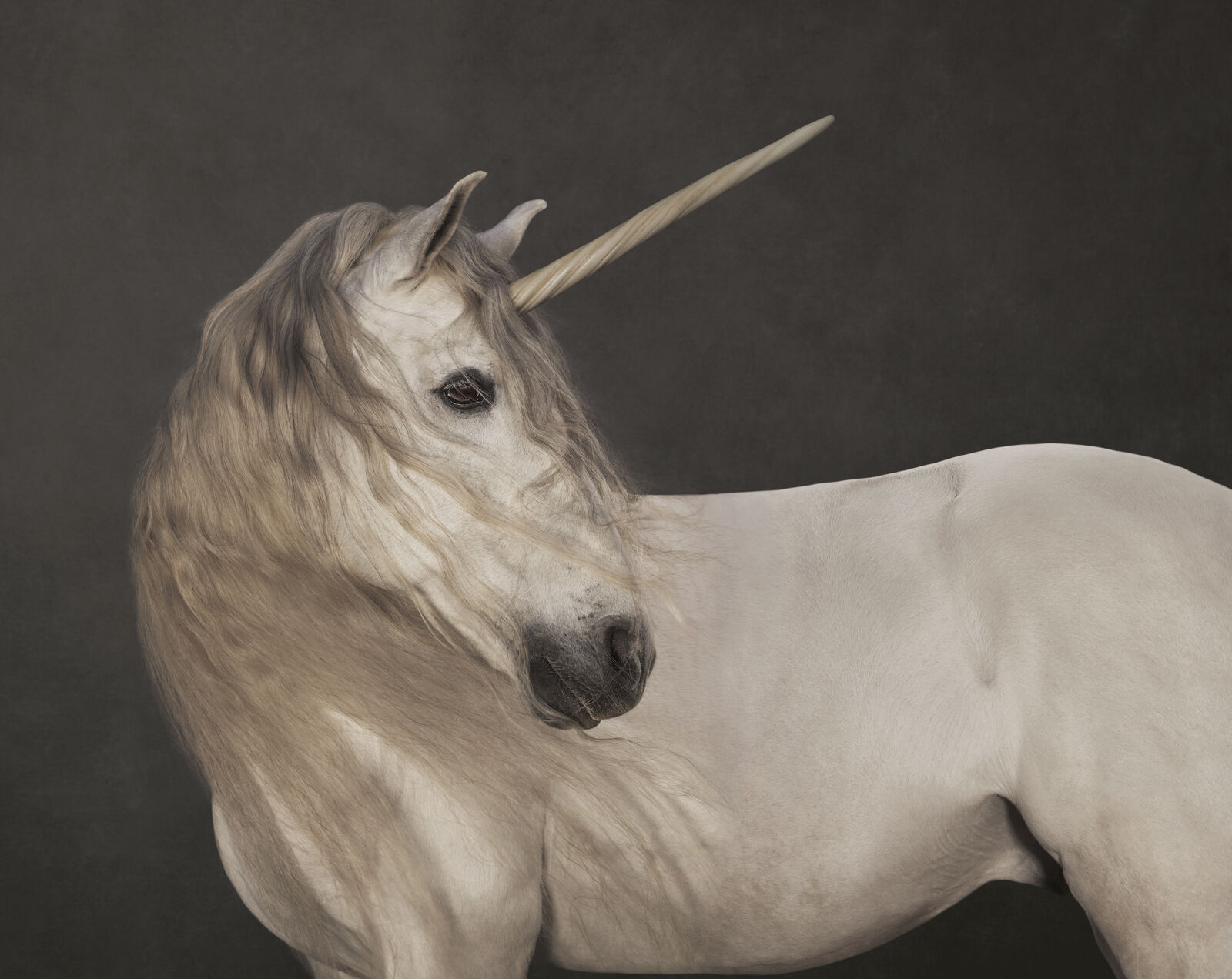
Marie Cécile Thijs, courtesy SmithDavidson
Marie Cécile Thijs: White Unicorn, ca. 2015
In the Middle Ages, no one doubted the unicorn’s existence—after all, it was even mentioned in the Bible. Moreover, its marvelous horn was displayed as visible proof in a number of large churches: a long, white, spiraling shaft with a pointed end. Not until the seventeenth century would naturalists prove that in reality, it was the tusk of the narwhal. But even this scientific discovery did nothing to diminish the appeal of the unicorn.
Michael Philipp, Chief Curator of the Museum Barberini and curator of the exhibition“The unicorn is magical. As a mythical beast, it is a multilayered sign, charged with extraordinary associative energy. Although it is not found in any zoo, it is still ubiquitous—in pop culture, in advertising, and in children’s rooms.”
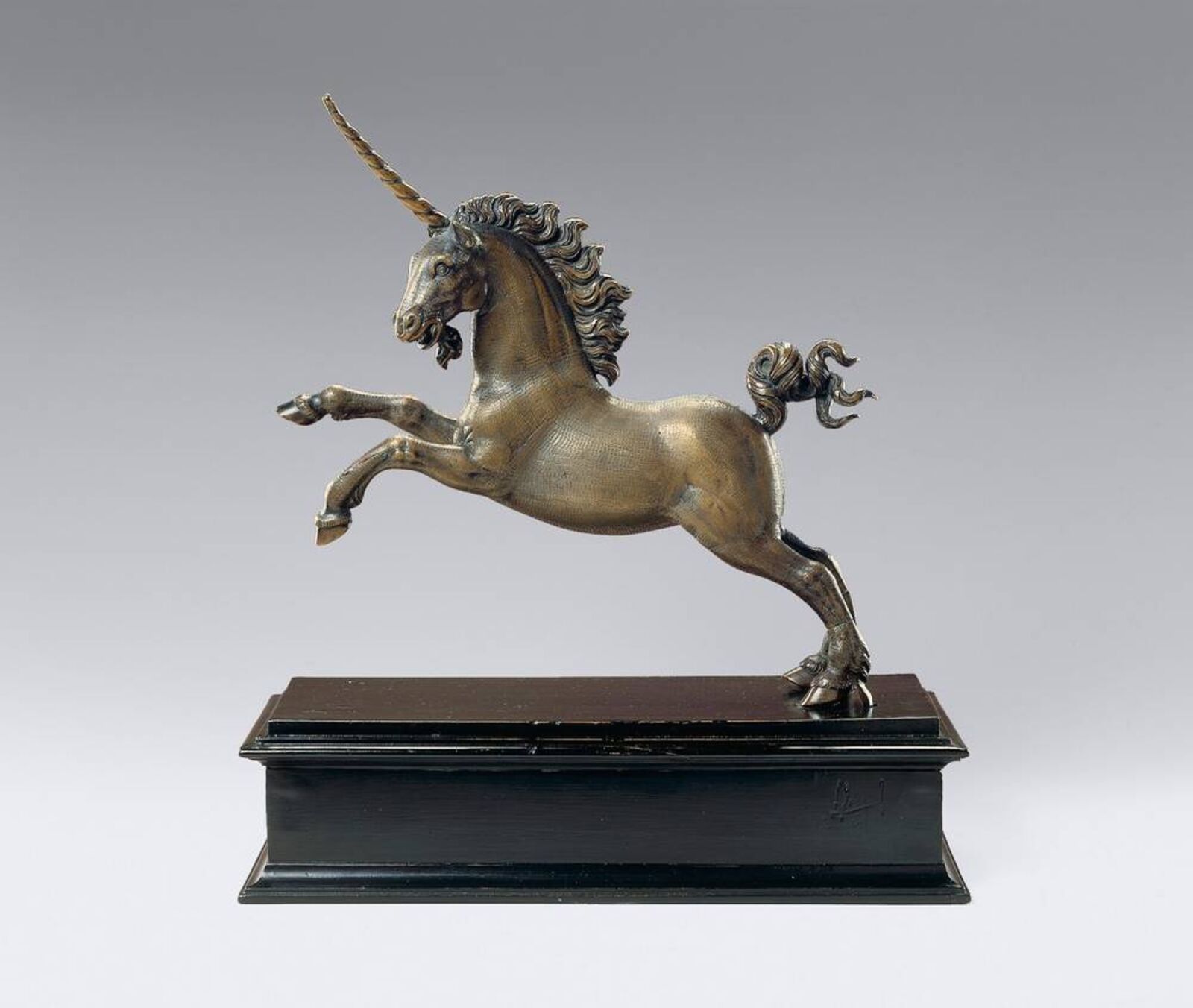
Image: Jürgen Karpinski
Unicorn: The Mythical Beast in Art presents around 150 works and objects including the art of Arnold Böcklin, Albrecht Dürer, Hans Baldung Grien, Angela Hampel, Rebecca Horn, René Magritte, Gustave Moreau, Aurélie Nemours, Olaf Nicolai, Joachim Sandrart, Marie Cécile Thijs, and Maerten de Vos. The historical spectrum of exhibited works ranges from the second millennium BC to the present day and encompasses not only paintings and prints, but also sculptures, manuscripts, tapestries, video works, and Kunstkammer objects. Lenders to the exhibition include the Ashmolean Museum, Oxford, the Gallerie degli Uffizi, Florence, the Grünes Gewölbe, Dresden, the Historisches Museum Basel, the Metropolitan Museum of Art, New York, the Musée du Louvre, Paris, the Museo Nacional del Prado, Madrid, the Rijksmuseum, Amsterdam, and the Victoria and Albert Museum, London.
Ortrud Westheider, Director of the Museum Barberini“Many of these works are rarely loaned. We are delighted that our exhibition concept was able to convince over eighty lenders from sixteen countries.”
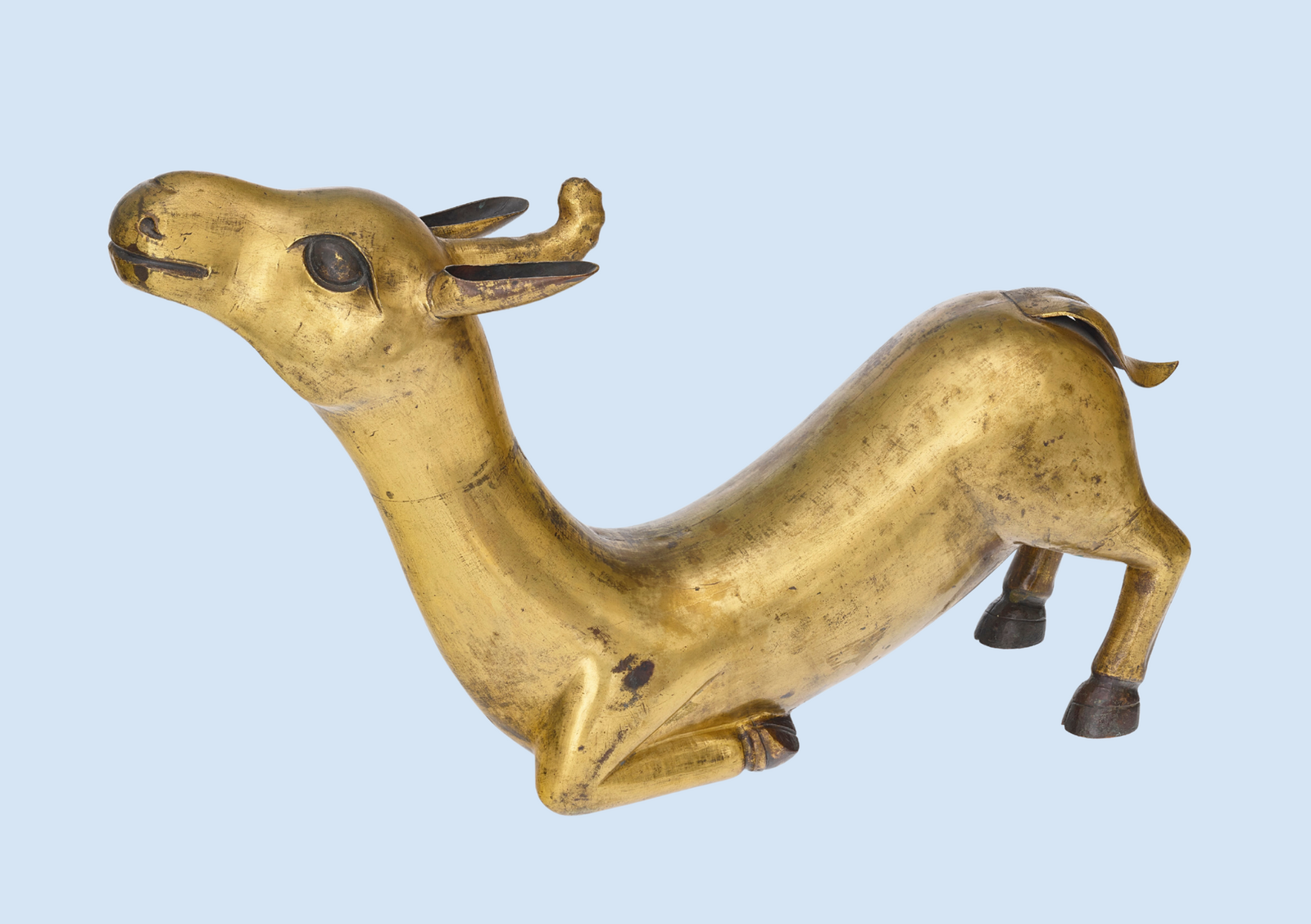
© Museum Rietberg, Zurich/Rainer Wolfsberger
Tibetan, One-Horned Gazelle, eighteenth century, Museum Rietberg, Zurich, Gift of Eduard von der Heydt
The exhibition Unicorn: The Mythical Beast in Art explores this fascinating theme in a breadth and depth hitherto unprecedented in a museum context. In so doing, it opens up new art historical perspectives by illustrating how the unicorn functioned symbolically in differing cultural, religious, and scientific contexts over the millennia—and by illuminating iconographical connections and historical transformations that until now have received little attention.
The exhibition was organized in cooperation with the Musée de Cluny and the GrandPalaisRmn, Paris. As its second station, it will be on view at the Musée de Cluny from March 13 to July 12, 2026.
View of the exhibition
Reading, Hearing, Viewing
Media Partners
ARTE
Süddeutsche Zeitung
Tagesspiegel
Potsdamer Neueste Nachrichten
radio3
tip Berlin
Yorck Kino
The Berliner
